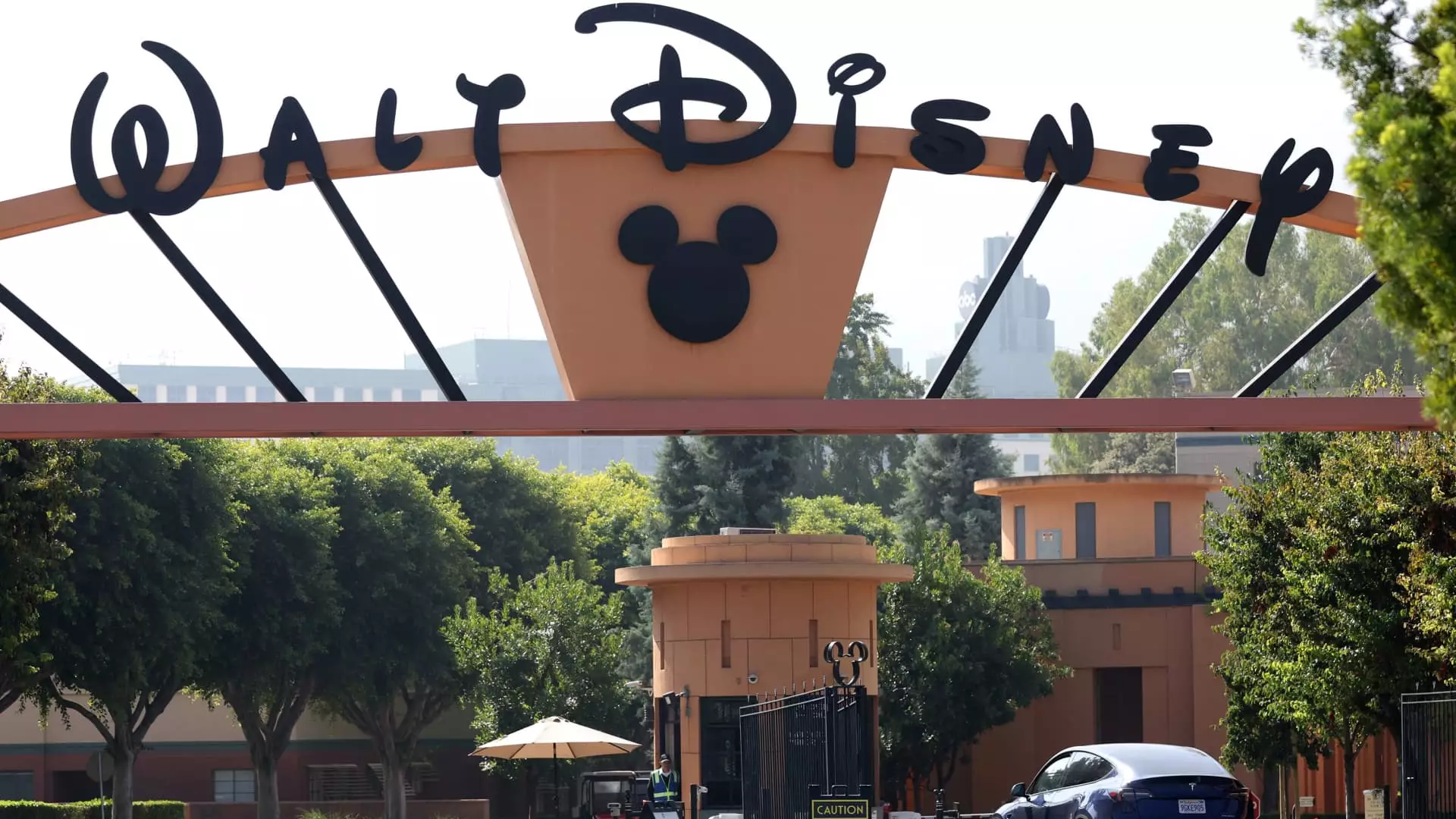The recent action taken by the Federal Communications Commission (FCC) to launch an investigation into the diversity, equity, and inclusion (DEI) efforts of the Walt Disney Company is not merely a regulatory routine; it marks a significant pivot in how media giants are scrutinized for their internal policies. The FCC’s intention appears to interrogate if Disney and its ABC subsidiary are potentially violating equal employment opportunity regulations by allegedly endorsing discriminatory DEI practices. This alarming shift compels us to reflect critically on how organizations approach inclusivity in the workplace.
Above all, the FCC’s investigation under the leadership of Chairman Brendan Carr—appointed during the Trump administration—raises eyebrows on partisan overreach. Since Donald Trump’s executive order aimed at dismantling DEI initiatives in U.S. corporations, the ongoing scrutiny of Disney signals a broader ideological battle. Under the seemingly benign banner of ensuring equity, the notion of government intrusion into corporate policies makes one question the overall motivations: Is this a genuine effort to uphold civil rights, or is it a strategy to weaponize regulatory authority against entities perceived as politically liberal?
The Dangerous Backlash Against DEI
As the investigation unfolds, it seems essential to recognize the larger cultural narrative at play. The backlash against DEI initiatives is now being framed as a fight against “woke” ideologies—a term often twisted to vilify good-faith attempts to widen the workplace corridor for marginalized communities. The challenge is twofold: while it’s undeniable that some companies may engage superficially with DEI to meet social expectations, dismissing these initiatives entirely undermines decades of progress toward equality.
This erosion of DEI principles may embolden organizations to regress to less inclusive, old-world attitudes. Society has been incrementally moving toward acknowledging diverse backgrounds and experiences; now, the very frameworks built to support this progression are facing existential threats from governmental bodies.
Disney’s Corporate Identity in Crisis
For decades, The Walt Disney Company has been celebrated for its ability to churn out cinematic and entertainment successes. However, the quandary presented by the FCC’s scrutiny puts a spotlight on a profound existential crisis within the company. It forces Disney to address whether its publicly celebrated stance on inclusion aligns with the internal practices that are now under question. The irony is palpable—rather than simply standing as an industry leader in creativity, Disney may have to face the reality of how its internal policies reflect its much-touted external values.
Critics argue that this represents a critical moment in which Disney not only has to defend itself against regulatory probes but also reevaluate its own commitment to the DEI narrative it has espoused. Internal conflict may likely arise, challenging employees to engage in conversations about authenticity and corporate morality. Disney’s most valuable asset is its narrative craft; now, much like a movie plot twist, it finds itself in a complicated script of its own making.
Confronting a Cultural Divide
The FCC’s actions against Disney serve as a stark reminder of a cultural divide emerging in the United States today. As can be seen in the context of this investigation, the conversation surrounding DEI is increasingly polarized, mobilizing various factions across the political spectrum. It poses a disconcerting dilemma for corporations: Do they stand firm in their commitment to fostering diversity, even when faced with backlash, or do they capitulate to a regulatory atmosphere that seems intent on rolling back inclusivity?
Underpinning this inquiry is a broader question about what constitutes genuine corporate responsibility in an era of divisive politics. Who gets to define equity and inclusiveness in the corporate sphere is at stake, and Disney, as a cultural icon, will be under the microscope for some time. The outcome of this situation is not just about one corporation; it is emblematic of the larger societal struggle between progress and regression, inclusivity versus exclusion.

